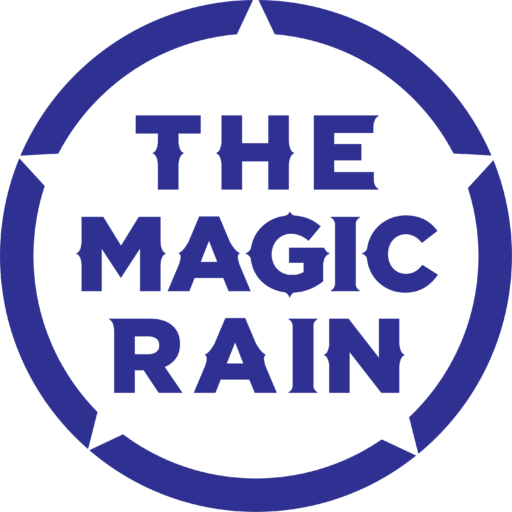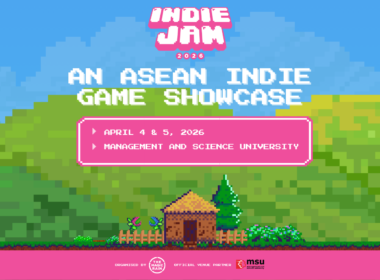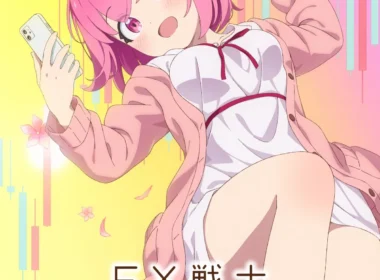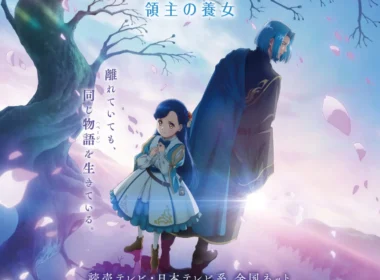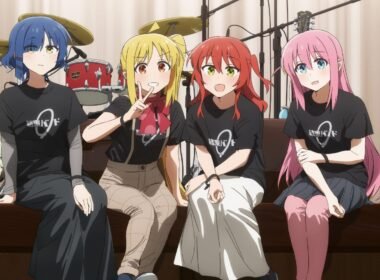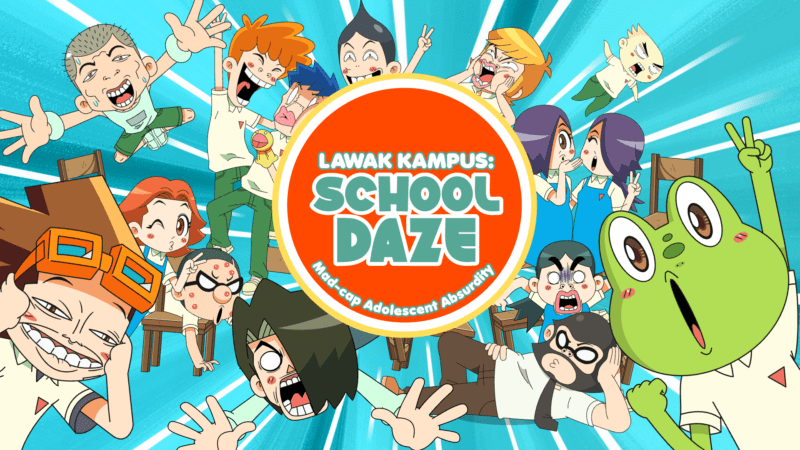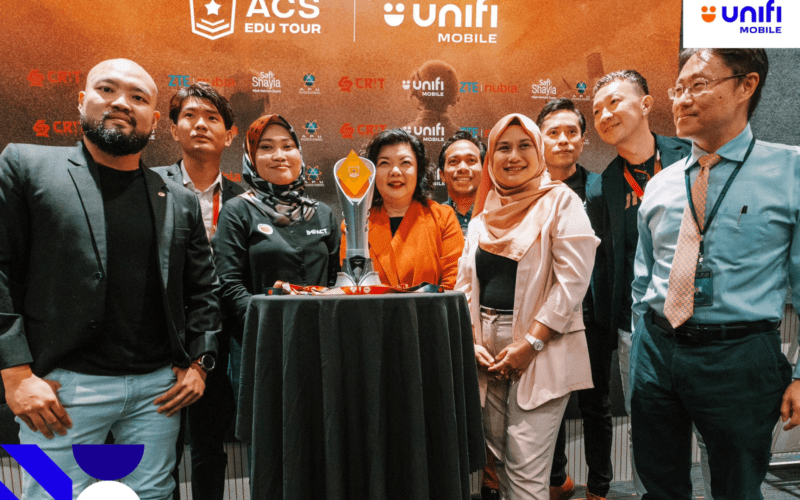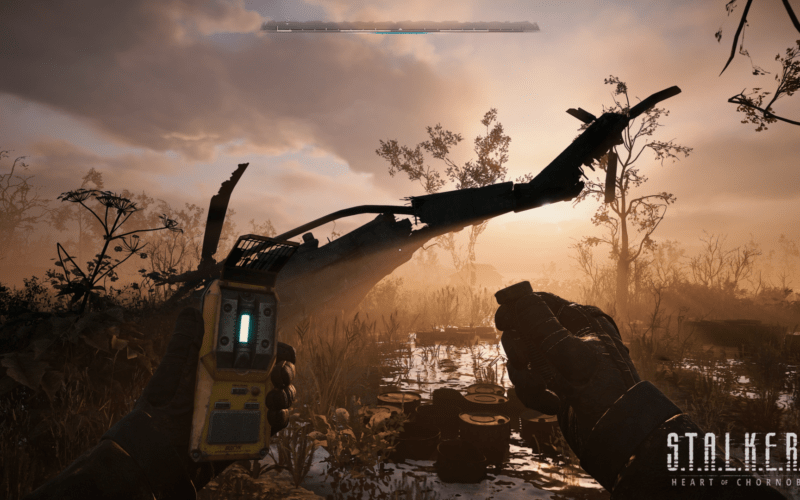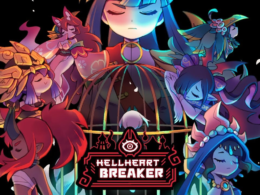Lawak Kampus, the highly popular comic series published by Kadokawa Gempak Starz and created by Keith, was a staple in many of our childhoods. The hijinks of Vanness, Aditas, Froggy, and the rest of their classmates were both relatable and humorous; crystalising precious school memories that we now look back on fondly.
In conjunction with its 20th anniversary, Kadokawa Gempak Starz partnered with Malaysian animation studio Lil Critter Workshop to introduce Lawak Kampus to the next generation of youths. Reimagined as LK School Daze, the franchise found new life on TikTok and YouTube as a series of animated shorts.
Within one year, the series has broken the ceiling with 212.8K followers and 3.8 million likes on TikTok, and an even more staggering 1.59 million subscribers and over 730 million views on YouTube — and the numbers continue to climb every day.
With the animated series approaching its first anniversary, we spoke with Walid Omar, Executive Producer of LK School Daze and Lil Critter Workshop, to share his thoughts on the series after one year — and where it’s headed next.
It’s been a year since the premiere of LK School Daze. How has the public reception been to the series so far?
We have been delighted by the growth of the channel. When we were developing and planning the production and content strategy, we set realistic growth projections for the first year. We surpassed that target in just four months!
We hit our first million in just under six months (as of January 18, 2024) since our debut in September last year. To date (as of May 21, 2024), we’ve amassed over 730 million views and 1.6 million subscribers, with weekly numbers climbing.
What is the biggest challenge of adapting such beloved source material into a new medium?
The biggest challenge was trying to keep our storytelling and creativity contained to just two minutes, keeping story beats, situations, and scenarios escalating to a punchline or satisfactory ending when you really just want it to keep going.
The team has been massive fans of the comic. Our kickoff workshop for stories was so well attended it completely packed out our meeting room! Artists from all our departments wanted to contribute to story and skit ideas.
Chris, Keith, and the team at Kadokawa Gempak Starz have been incredibly supportive and involved in the production from the very beginning, providing insights into characters and ensuring we stay true to the characterisation of the cast. However, they also enabled us to take the characters and situations into places of madcap adolescent absurdity that the comic medium was unable to go.
It’s been such a fun and creative collaboration, there really haven’t been that many challenges. We are still in production on the series, which is a testament to the smoothness of the production. Typically, animation is only published once the series is completed.
Equally fun and somewhat challenging has been finding the characters’ voices. The audio team did such a great job on the music and sound that really reinforced the energy of the animation.
What has the reception from younger audiences been like, especially those who may not have grown up with the original Lawak Kampus comics?
The content is surprisingly sitting well with younger teen audiences, especially on platforms largely populated by the young adult age group. On YouTube (as of May 21, 2024), 15.2% and 35.6% of our viewers are 18-24 year olds and 25-34 year olds respectively, while on TikTok (as of May 21, 2024), 44.4% and 34.3% of our viewers are 18-24 year olds and 25-34 year olds.
Could you briefly describe to us the process of creating an episode of LK School Daze?
Writing process:
Our Head of Story and Series Director work with our writing team to brainstorm ideas based on characters and YouTube data to find the most fun and popular character-driven situations for our beloved cast of characters. The writers then provide a brief pitch of the story, which is then approved for a written outline of the episode, followed by scripting.
Storyboard process:
The Head of Story, directors, and storyboard artists have a kickoff meeting, deciding the visual interpretation of the scripts before proceeding to the storyboard/animatic process. Once approved, we pass the animatic to the audio studio to deliver the voice recordings.
Voice recording and locking the Edit
The sound studio and voice director record the dialogue either to the animatic or without depending where we are with the schedule. We lay back the dialogue track to the animatic and finalize the timing of the episode with our editing team.
Animation:
We then distribute individual shots or scenes to our animation and background team to work their magic.
Compositing/Editing:
The episode then goes to our compositing team to assemble the complete episode with editing refinement for review by our creative leads.
Music Composition/Sound Design/Final Mix:
Once approved, the episode is sent for music composition, sound design, and mix, which is presented to our Series Director and Creative Director for approval.
Production Masters for broadcasting:
Once approved, our Post-production team will prepare final masters for publishing.
From working on western IPs to something so culturally homegrown, what were some of the challenges Lil Critter Workshop faced?
There’s always a concern that comedy for Malaysians may not resonate elsewhere in the world. We need have not worried.
Producing animation for social media platforms provides you with greater creative freedom to explore and push stories and situations. Storytelling and animation are universal. Producing the series has shown us we can have fans from across the world who relate to Malaysian characters and situations, and that we are all connected through stories and comedy. As a Malaysian studio, it’s been a great honour to be trusted with such an iconic Malaysian property that is loved by generations of Malaysians.
How has Lil Critter Workshop adapted to the general shift from long-form televised entertainment to digital-first entertainment?
The industry has experienced seismic changes and challenges for creators, indie producers, studios, and broadcasters. Social media and SVOD now dominate audience’s attention. Competing in this space is now a necessity. The impetus is on the producers to roll out a strategy that will build your fanbase.
We have been involved in digital-first entertainment since 2015, starting with our short animation Outlaw Dark which was distributed with Frederator, to working on digital-first properties like Emojitown and My Little Pony. As a production studio, we were very early adopters in producing content for clients in the digital first space, which culminated in winning a Kidscreen award in 2023 for Best Web Series (MLP: Tell Your Tale). Our experience in producing digital-first content informed and prepared us for our LK School Daze digital-first production.
Unlike traditional distribution of content via broadcast networks, which air shows upon completion of the production that can take up to two years to produce, our digital-first approach allows us to be proactive in our creative approach. We take inspiration from current trends and the virality of themes, music, and content, applying them to our creative interpretation. Publishing while we are in production allows us to cater to our audience directly.
As the production is ongoing, our writing team can react to audience feedback and requests if required to, constantly refine the content offering to our audience, thus driving the growth of the channel. Social media platforms have diverse and hard-to-please audiences, with so much content available, and the simplicity of swiping means you need to really make your content stand out to retain your audience.
We’ve been fortunate to be able to somewhat cut through the noise in the immensely crowded and busy social media space. For example, YouTube boasts a staggering 2.49 billion users (as of February 2024). Despite competition for the greatest online currency of all: people’s attention, we have done well to achieve 700 million views since September 2024 targeting probably the most discerning audience demographic from 15–40 year olds!
With almost 100+ shorts and videos and counting, what’s next for LK School Daze?
We are excited to build on our current momentum and global viewership by rolling out foreign language version of the web series to complement our Malay language dub on Astro. We have fans all over the world who do not speak English as a first language. We will be launching new LK School Daze channels in specific language territories. Don’t forget to follow, like and subscribe for updates. 😉
A second season in line with attracting broadcasters to commission a longer-form TV animated series would be amazing. Producing animation is expensive so we will be looking to build up our brand partnership to help fund a second season and of course a long form TV series. This of course relies on our audience, and we can’t thank them enough for the support they have shown us thus far.
Thank you to Walid Omar and Lil Critter Workshop for participating in this interview! Follow Lawak Kampus on Youtube, TikTok, Facebook, Instagram, and Twitter for more episodes and updates.
